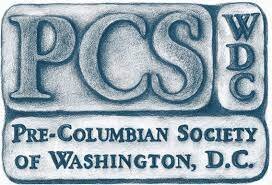Scholars’ understanding of the Classic period (ca. 250—900 CE) in lowland Mesoamerica has been transformed through advancements in the decipherment of Classic Mayan hieroglyphic texts combined with long-term archaeological research at many sites. Investigations focused on the ancient Maya kingdom of Copan, a UNESCO World Heritage site located in western Honduras, have played a significant role in this transformation. Archaeological research conducted by Traxler and her many colleagues have documented the royal precinct of Copan’s Early Classic rulers buried beneath the site’s massive Acropolis. Her current work focuses on synthesizing data from two core areas within the Early Classic center: the royal palace compound established by the dynastic founder, K’inich Yax K’uk’ Mo’ (reigned 426-437 CE), and the adjacent architectural groups built by his successors over the next three centuries. Through analysis of these preserved architectural settings, contemporary inscribed monuments, and the material remains of the lives of K’inich Yax K’uk’ Mo’ and his successors, we improve our understanding of this kingdom’s founding figures, their regional hegemony, and resilience.
Loa P. Traxler, Associate Professor and Director of Museum Studies at the University of New Mexico, investigates the architectural evolution of Classic Maya centers and the nature of sociopolitical organization of these societies. She received her doctorate in Anthropological Archaeology at the University of Pennsylvania, and her experience draws on more than 30 years of field research, survey, curation, and collections management at sites throughout the world. She publishes on Maya heritage and pre-Columbian civilization, most recently co-editing The Origins of Maya States (Penn Museum, 2016) and currently is assembling archaeological reports from long-term research focused on the Copan Acropolis.

